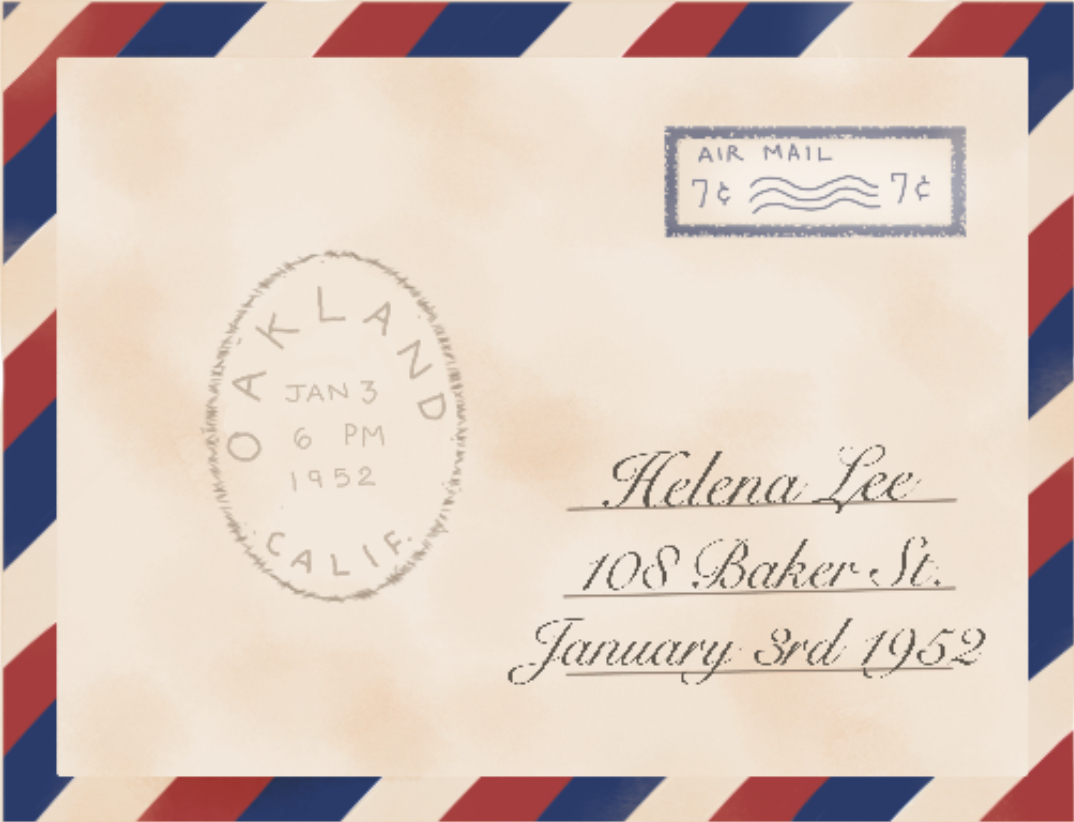1997
The first social media website, Six Degrees, is launched

Communication is the exchange of information and knowledge. It happens all the time, whether we know it or not. Communication can be done through writing (such as emails, texts, and books), art, music, and speech. It can even be done without words - Body language, tone, and facial expression can convey a message too. Over time how people communicate has changed, largely due to technological advancement. Keep reading to find out about how people from the 1940s until early 2000s communicated, and how that compares to the communication done by people in the 2000s and onwards.
Most communication was done using mail, telephone, telegram, and face-to-face conversations.
The mailing process was largely similar to the modern post system, the only major difference being the time. Mail took a lot longer to reach the recipient back in the day since fast transportation was limited. People generally used mail for long letters and long-distance communications.

Telephones had a rotating dial which you would turn to the correct numbers to call someone. These telephones were large and had cords attached. Many people mounted the telephone on the wall, which made it easy to hold the telephone to ear level.

Telegrams were usually reserved to communicate brief messages. People often communicated urgent matters or happy news (like a new job) using telegrams since messages were delived very quickly.

Ms. Nora Dougherty, a senior citizen in our neighborhood, describes how technology has changed communication.
Our generation heavily relies on technology for communication. Email, texting, and social media are among the most popular forms of communication. Many argue that people nowadays lack the element of face-to-face communication in their lives because of the growing influence of technology. 2020 also saw a rise in the use of technology in communication due to the coronavirus pandemic. The pandemic forced people to stay socially distanced and avoid face-to-face conversation with people outside one's household. People turned to video conferencing, emails, and social media to communicate and offer support.
Social media is an influential form of communication because people can be swayed by a single, powerful post or comment. This can be both good and bad; If the information being posted is misleading or rude, that post will lead people in the wrong direction or cause dissent, but a well-meant post offering support to someone with COVID or sharing a useful piece of information would be a good use of social media.

The first social media website, Six Degrees, is launched
Friendster, now a gaming platform, was launched as a social media platform
Tom Anderson and Chris DeWolfe found Myspace
Facebook, a platfrom that is still popular today, is launched
Youtube, the popular video-sharing platform, is launched
The first "tweet" was posted on Twitter
Pinterest, the most popular platfrom for sharing ideas and finding inspiration, is launched
The photo and video-sharing platform Instagram is launched
Snapchat, a popular messaging and social networking app, is launched
The home of many viral dances, TikTok, is launched
Our grandparents' generation generally shared information about them and personal events with only their close friends and relatives. On the other hand, our generation today, aided by technology, is broadcasting information to the whole world!
If you would like to read more about communication methods over time, please click on this link.
Britannica's article on communication